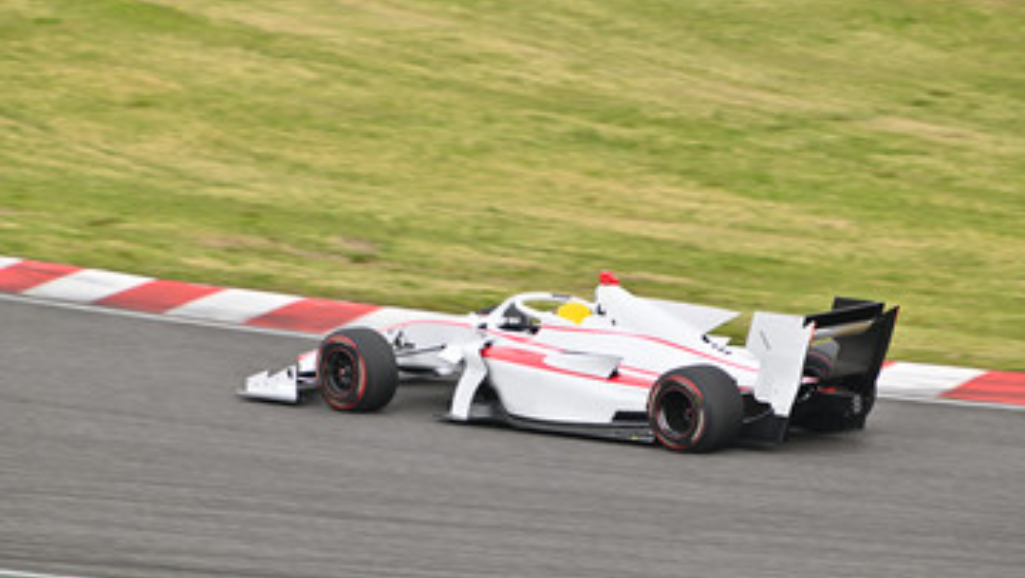Why race cars don’t have doors? In this article, we will explore the technical reasons behind this design choice. By eliminating doors, race cars achieve significant weight reduction, enhancing their speed and performance on the track. Additionally, the lack of doors improves aerodynamics, reducing drag and increasing overall efficiency. Furthermore, race cars implement advanced safety measures that eliminate the need for traditional doors, ensuring the utmost protection for drivers.
Weight Reduction
To reduce weight, race cars eliminate doors for easier access and increased aerodynamic efficiency. This design choice not only helps in achieving higher speeds on the track but also improves fuel efficiency and reduces costs. By removing doors, race cars shed unnecessary weight, allowing for better acceleration and handling. The lighter the vehicle, the less power it needs to move, resulting in improved fuel efficiency. Additionally, the absence of doors streamlines the car’s shape, reducing drag and enhancing its aerodynamic performance. This, in turn, minimizes the amount of energy required to propel the car forward, further contributing to fuel efficiency. Moreover, eliminating doors also reduces manufacturing costs. Doors require additional materials, hinges, locks, and other components, all of which come with a price tag. By doing away with doors, race car manufacturers can save on production expenses, ultimately benefiting both the teams and the sport as a whole. In conclusion, removing doors from race cars not only helps with easier access and increased aerodynamic efficiency but also improves fuel efficiency and reduces costs.
Improved Aerodynamics
As you delve into the topic of improved aerodynamics, you’ll discover how race cars optimize their design to enhance speed and efficiency. Race car engineers employ various techniques to reduce drag and create a streamlined design, allowing the cars to cut through the air with minimal resistance. Here are some key ways in which improved aerodynamics are achieved:
- Sleek Body Shape: Race cars feature a sleek, low-profile body shape that minimizes air resistance. The smooth contours and flowing lines help the vehicle slice through the air, reducing drag and maximizing speed.
- Aerodynamic Spoilers: Spoilers are strategically placed on race cars to manipulate airflow. These devices generate downforce, which pushes the car onto the track, improving traction and stability. By carefully managing the flow of air around the car, spoilers help reduce drag and enhance overall performance.
- Wind Tunnel Testing: Race car manufacturers use wind tunnels to fine-tune their designs. By subjecting scale models or even full-sized cars to controlled airflow, engineers can accurately measure the aerodynamic properties and make adjustments to optimize performance. This meticulous testing ensures that every aspect of the car’s design works harmoniously to minimize drag and maximize speed.
Enhanced Safety Measures
Race cars prioritize safety by implementing various measures to protect drivers during high-speed races. Two of the most important safety features in race cars are seat belts and roll cages. Seat belts are designed to keep the driver securely in place, preventing them from being thrown around in the event of a crash or sudden stop. They are typically made of strong, durable materials such as nylon or polyester, and are equipped with quick-release mechanisms for easy removal. Roll cages, on the other hand, are structures made of high-strength steel that surround the driver’s compartment. They provide additional protection in the event of a rollover or collision, helping to prevent the cabin from collapsing and keeping the driver safe. To give you a better understanding of these safety measures, here is a table that compares the features and benefits of seat belts and roll cages:
| Seat belts | Roll cages |
|---|---|
| Securely holds driver in place | Provides additional protection in rollovers or collisions |
| Made of strong, durable materials | Made of high-strength steel |
| Equipped with quick-release mechanisms | Surrounds driver’s compartment to prevent cabin collapse |


